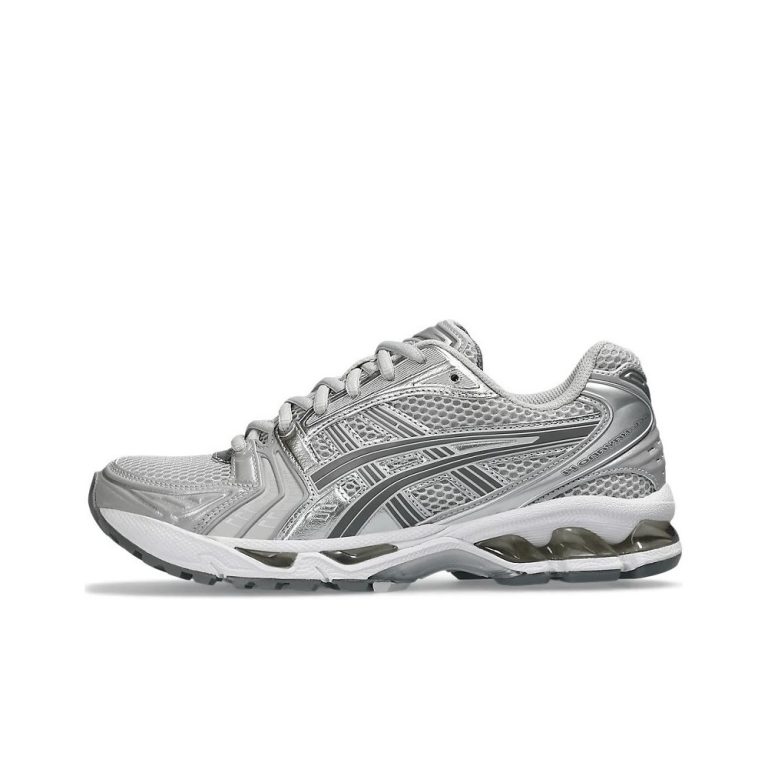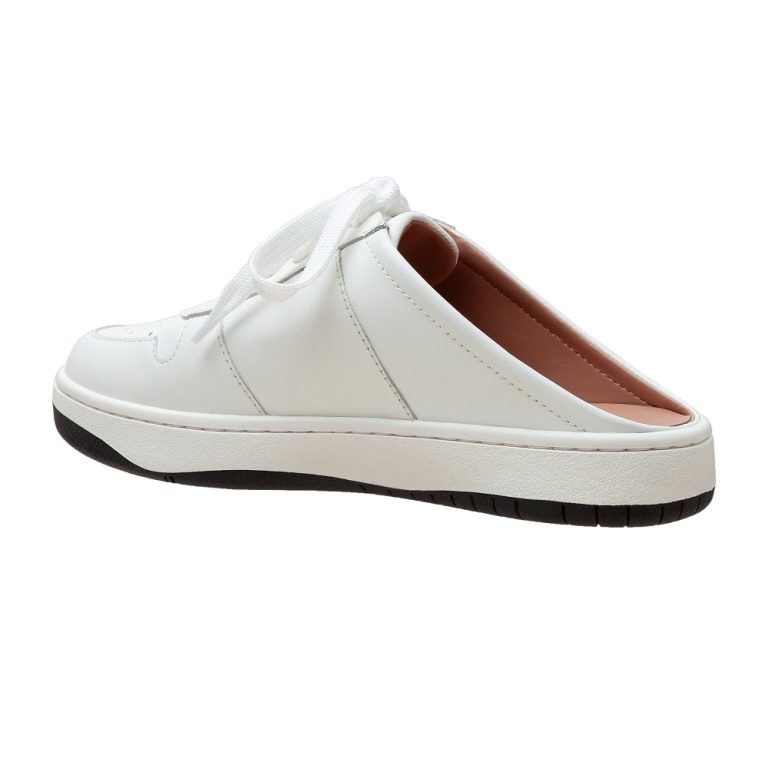
Max Cushion Running Shoes: Tips for Finding Your Perfect Pair
Choosing the right running shoes is essential for every runner, whether you are a novice or an experienced marathoner. One popular category that has gained traction in recent years is max cushion running shoes. These shoes prioritize comfort and support, providing runners with the plush cushioning they need for long distances or daily jogs. While max cushion shoes may seem like an excellent choice for many, finding the perfect pair for your unique needs can be a challenge. This article offers tips on how to select the right max cushion running shoes tailored to your preferences and requirements.
Understanding the Importance of Cushioning
What Are Max Cushion Running Shoes?
Max cushion running shoes are designed with extra padding in the midsole, providing superior shock absorption. This extra cushioning is intended to reduce impact forces on your feet and joints during running. Runners often appreciate these shoes for their comfort, especially over long distances. The added cushioning can help minimize fatigue, allowing you to run longer without discomfort.
These types of shoes typically feature varying midsole materials that enhance comfort. Common materials include EVA (ethylene-vinyl acetate), PU (polyurethane), or specialized foams. Each material has unique qualities that affect heel strike and overall gait. Understanding these materials can help you choose the right shoe based on how you run and your specific comfort needs.
Benefits of Extra Cushioning
One of the primary benefits of max cushion running shoes is the increased comfort they provide. If you often experience foot pain or discomfort after running, max cushion shoes might be the solution you need. The plush feel can help absorb impacts, reducing the stress placed on your joints.
Another advantage is the enhanced support these shoes offer. This support can be especially beneficial for those who tend to overpronate or have high arches. With sufficient cushioning, the shoes can provide a gentle reminder for your feet to stabilize during runs, promoting a more natural running gait.
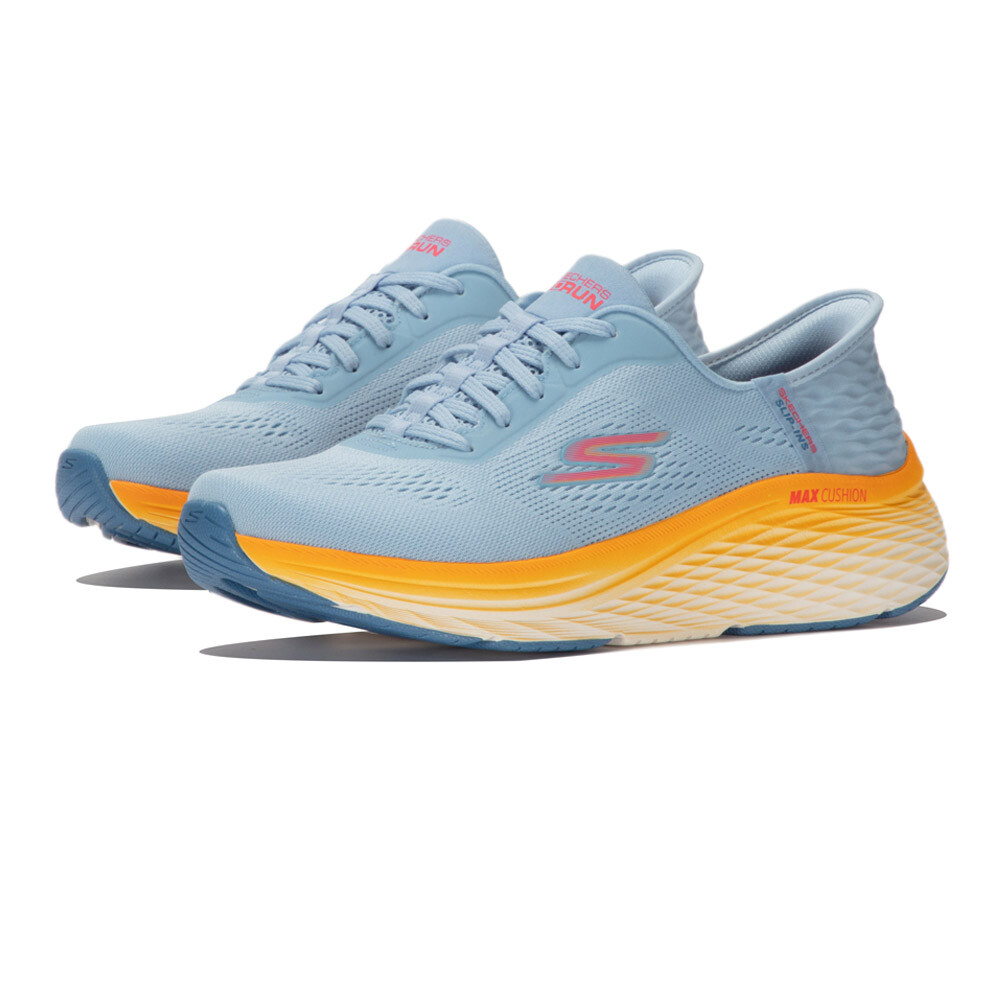
Determine Your Running Style
Evaluating Your Gait
Before purchasing max cushion running shoes, it is essential to evaluate your running gait. Your gait refers to the way you run, which influences the type of shoe that will work best for you. Factors to consider include foot pronation, arch height, and running speed.
Many specialty running stores offer gait analysis services. During this process, a trained staff member will observe your running style, often using video technology to capture your movement. They will identify whether you overpronate (your foot rolls inward), underpronate (your foot rolls outward), or have a neutral gait. Knowing your gait type is invaluable for selecting shoes that provide appropriate support.
Take Arch Type into Account
In addition to your gait, consider your arch type. Arch types typically fall into three categories: low, medium, and high. Low arches may require shoes with more stability and support, while high arches often benefit from added cushioning. Medium arches tend to have a wider range of options, but having some arch support is still crucial.
Understanding your arch type can significantly impact your overall comfort and performance. Many shoe manufacturers have designed specific models based on different arch heights, allowing you to find maximum comfort tailored to your feet.
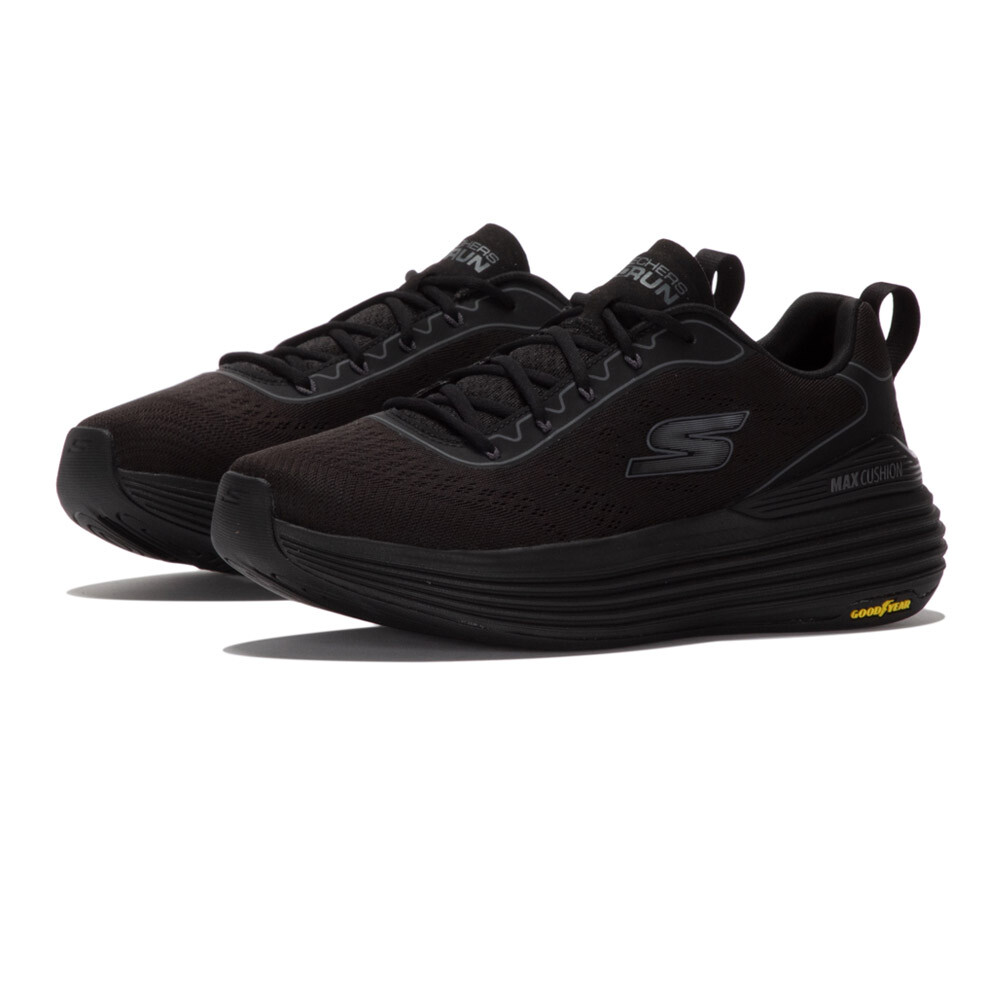
Trying on the Shoes
Importance of Proper Fit
When searching for max cushion running shoes, the fit should be your top priority. An ill-fitting shoe can lead to blisters, arch pain, and other discomforts that hinder your running experience. Ensure there is enough room in the toe box—typically, you should have about a thumb’s width between your longest toe and the front of the shoe.
While it may be tempting to squeeze into a size down for a snug fit, this can lead to numerous issues. A proper fit allows your foot to move naturally without feeling cramped. Additionally, try on shoes later in the day when your feet have slightly swollen. This can give you a more accurate fit and help prevent discomfort during longer runs.
Testing for Comfort
Take time to walk around the store in the shoes you are considering. Pay attention to how they feel on your feet. Can you walk comfortably without any pinching or rubbing? Do you feel adequate support with each step? If possible, mimic your running stride in the store by gently jogging in place.
Many specialty running stores even have treadmills or space designated for trying out shoes. If this option is available, it is certainly worth taking advantage of. Proper comfort testing will give you an idea of how the shoes will perform on longer runs, allowing you to make a more informed decision.
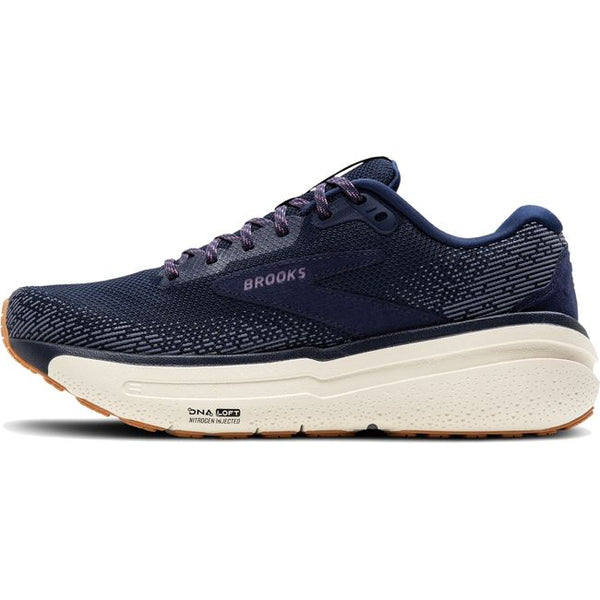
Choosing the Right Features
Assessing Cushioning Levels
Max cushion running shoes come with varying degrees of cushioning. However, not every runner prefers the same amount of cushioning. Some individuals prefer a more minimalistic feel, while others enjoy the plush comfort of maximum cushioning. Consider what level of cushioning feels right for your feet, training style, and typical running surfaces.
Investigate how much foam is present in the midsole as well. Different brands use different techniques and materials that can affect how the cushioning feels. Some shoes may use dual-density foam or advanced materials that provide responsiveness alongside cushioning. Being aware of these options allows you to make an informed choice based on your unique preferences.
Examining Stability Features
In addition to cushioning, it’s crucial to examine stability features. Max cushion shoes should balance cushioning with support. Look for features such as medial posts, which help with pronation control, or integrated stability materials in the midsole. These elements can provide added support and help prevent injuries during runs.
A well-designed max cushion shoe will maintain stability without sacrificing comfort. If you experience any discomfort related to your foot’s alignment, stability features may address those concerns. Researching the different models available will ensure that you find a shoe that meets your specific needs.

Considering Running Conditions
Assessing Terrain and Surfaces
When selecting max cushion running shoes, consider the terrain and surfaces where you typically run. Different shoes are designed for various types of surfaces, such as road, trail, or track. A shoe designed for road running may not perform well on rugged trails, and vice versa.
If most of your runs occur on city streets, look for shoes with a more rigid outsole that provides support and stability. However, if you enjoy trail running, then prioritizing cushioning is essential to absorbing shocks from uneven terrain. Understanding the type of environment you consistently run in will help refine your shoe selection.
Weather Considerations
Weather conditions can significantly influence your shoe choice. For example, if you often run in wet or snowy conditions, consider waterproof options or shoes designed with enhanced traction. Brands often create specific models with weather-resistant materials that keep your feet dry, providing more comfort on less-than-ideal days.
Conversely, if you live in a warm climate, breathable materials become essential. Shoes with mesh uppers or ventilated designs help keep your feet cool, reducing moisture buildup. These features are critical for maintaining comfort throughout your runs, regardless of external temperatures.
Budgeting for Quality
Determining Your Budget
When investing in running shoes, it’s important to establish a budget. Quality max cushion running shoes can range from affordable options to more expensive high-end brands. While it may be tempting to opt for the cheapest choice, remember that a shoe is an investment in your running experience.
Consider your running habits when setting your budget. If you are an avid runner logging many miles each week, investing in a higher-quality pair of shoes may be wise. These shoes often feature better materials and construction, lasting significantly longer than lower-cost options.
Evaluating Value vs. Cost
When comparing prices, it’s essential to assess the value of the shoes rather than just the cost. Look for features that justify a higher price, such as advanced cushioning technology or improved durability. Reading reviews and researching user experiences will help determine if a specific shoe offers the quality you desire for the price you are willing to pay.
Additionally, many running stores frequently offer sales or discounts. Keeping an eye on promotions can help you secure your desired shoes while staying within budget. By doing your research, you can find a quality pair of max cushion running shoes that fit both your needs and your wallet.
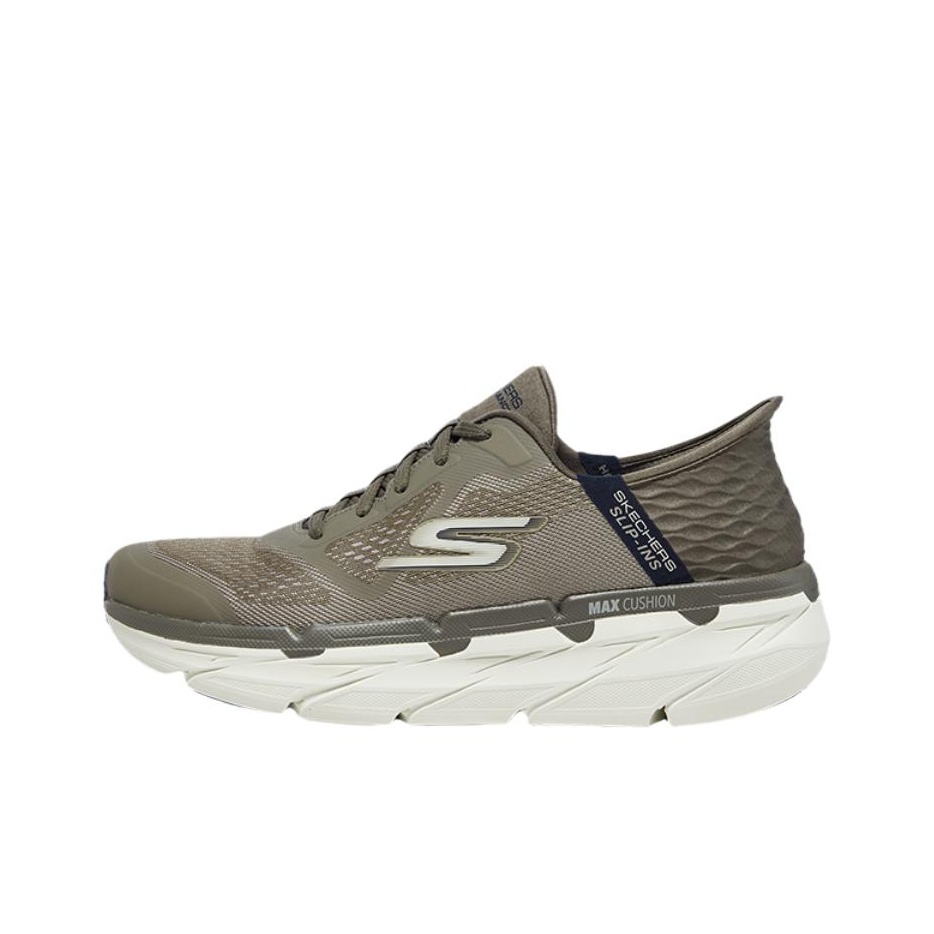
Maintaining Your Running Shoes
Proper Care Techniques
Once you invest in a pair of max cushion running shoes, proper maintenance becomes paramount. Taking care of your shoes can significantly extend their lifespan and effectiveness. Start by keeping them clean. Remove dirt and mud after each run, as debris can wear down materials over time.
Let your shoes air out after each run to prevent odors from building up. Consider rotating between two pairs of shoes to allow each pair to fully dry out between uses. This practice promotes better hygiene and can extend the life of each pair.
Periodic Replacement
Even with optimal care, running shoes have a limited lifespan. Most running shoes should be replaced every 300 to 500 miles, depending on factors such as the shoe’s construction, your running style, and the surfaces you typically run on. Monitoring the wear on the outer sole can serve as a good indicator of when it’s time to replace your shoes.
Signs that shoes should be renewed include reduced cushioning, noticeable wear on the outsole, and any discomfort during runs. Trust your body’s feedback, as soreness or discomfort can indicate worn-out shoes that no longer provide the necessary support. Replacing your shoes on time can help prevent injuries and improve your overall running experience.
In conclusion, finding the perfect pair of max cushion running shoes requires careful consideration of various factors. Understanding the importance of cushioning, evaluating your running style, and choosing the right features are all critical steps in the selection process. By considering terrain, weather, and budget while maintaining your shoes, you can ensure a pleasurable running experience. Take the time to find the right fit and features, and your commitment to comfort and performance will pay off in improved running enjoyment. With the right max cushion shoes, you can confidently conquer every mile, enjoying each step along the way.
